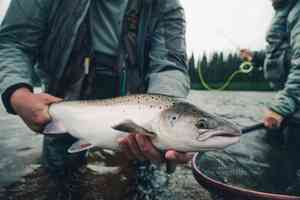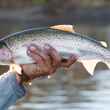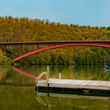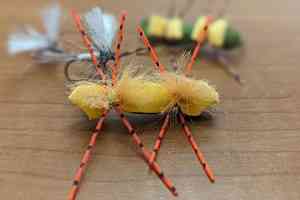Airflo has made available a new compact skagit head that, unlike your typical compact skagit line, does not feature a full floating head. Instead, this intermediate compact skagit head is comprised of a floating portion in the back and an intermediate sinking portion in the front of the head. The line is a duo-tone line, with the sinking and floating portions colored differently, to allow for easy visibility and control of the head as you're fishing it.

Designed chiefly by Airflo line designer, Oregon steelhead guide and spey casting instructor Tom Larimer, the AIrflo Skagit Intermediate Compact was built with Great Lakes steelheaders in mind. Great Lakes steelheaders fish on rivers that are different than those out west, which are the inspiration for most skagit head line designs. Great Lakes rivers typically contain more complex and varying surface currents, due to the rougher more varying structure of their river beds, than their western counterparts (though this is not without exception). The result is surface conditions which make getting a fly down into the strike zone for a successful swing much more difficult.






























